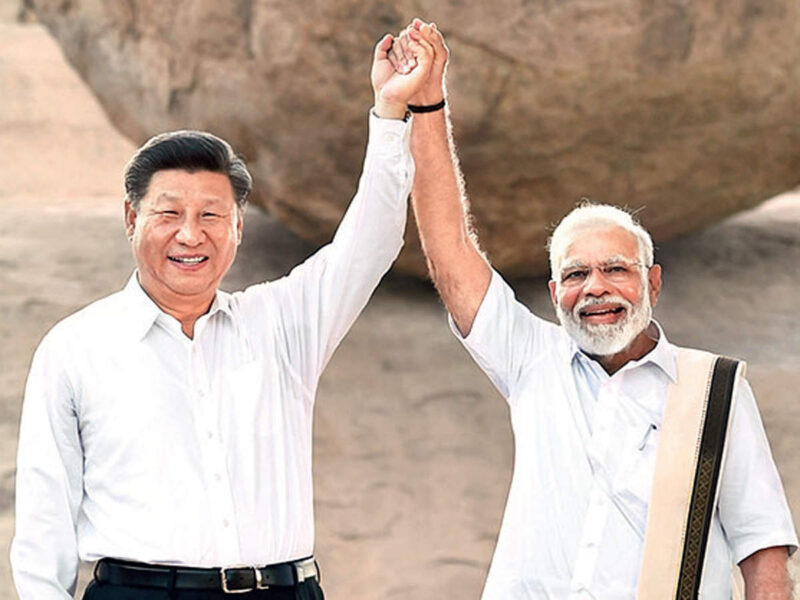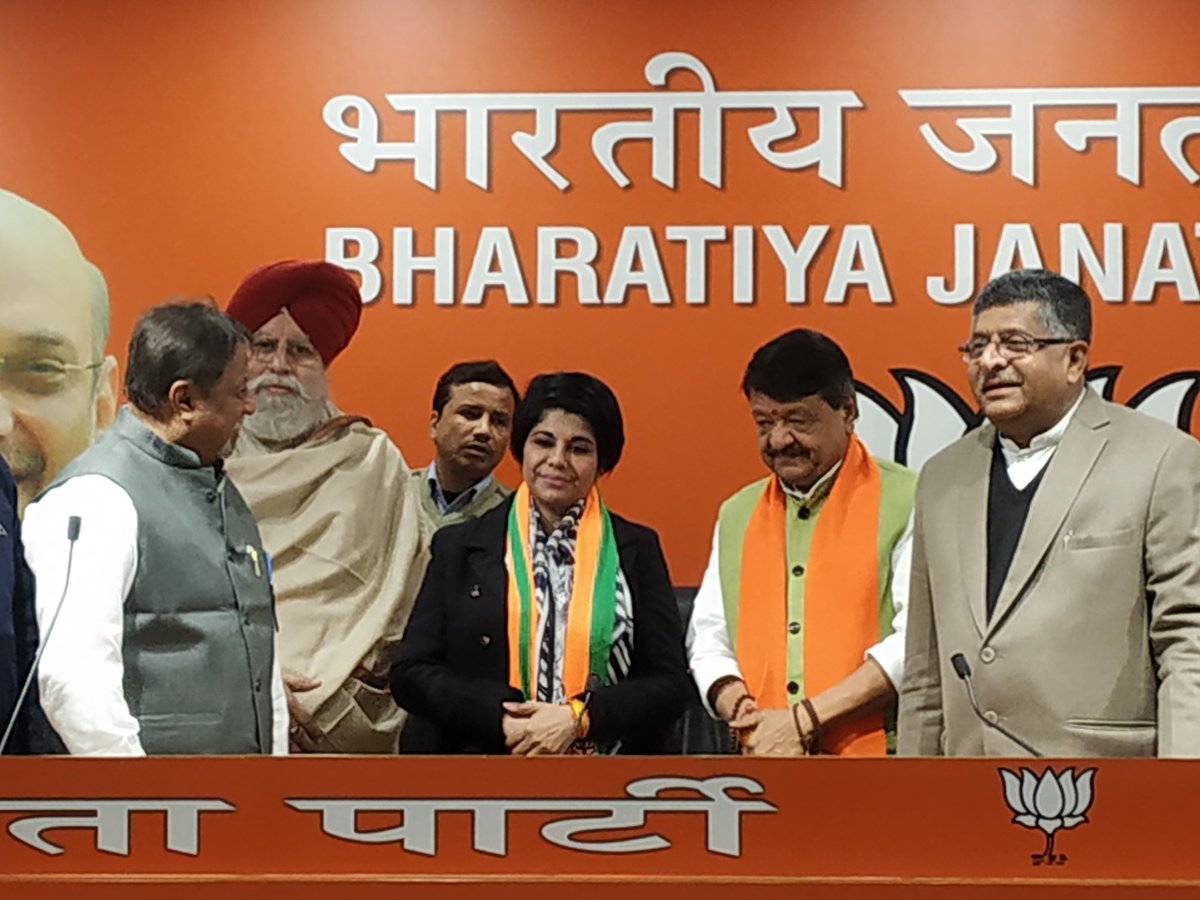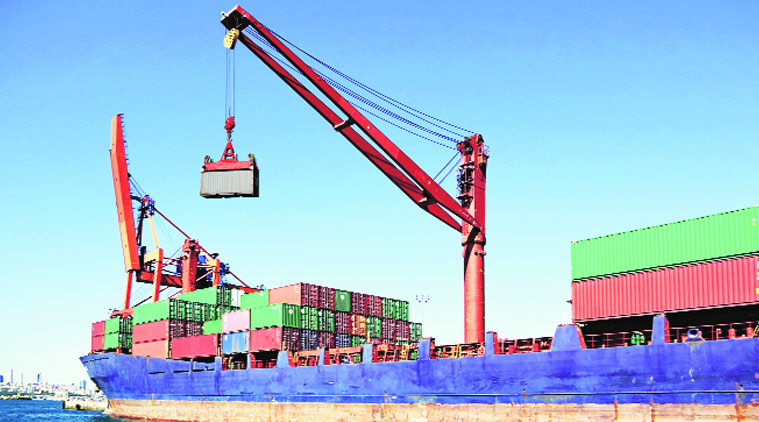Trade figures from India and China left experts perplexed with a mismatch of $12 billion. ( equivalent to 98000 Crores Rs)
According to China’s data, its trade with India touched $103 billion in the first 9 months of 2022.
On the other hand, according to India’s data, the bilateral trade stood at $91 billion, according to a report in Mint.
Under-invoicing of shipments by Indian importers is believed to be the main reason behind the gap in figures.
Underreporting is often done to evade taxes. The latest figures reveal that despite union government’s monitoring, the gap is higher than usually anticipated.
“To reap maximum benefits, traders manipulate the values on invoices submitted to the customs authorities to avoid tariffs that should be levied.
Empirical studies also show that when the tariffs are high, firms tend to under-report imports,” the Mint report quoted Biswajit Dhar, a professor at the Jawaharlal Nehru University, as saying.
Data from China’s General Administration of Customs showed that the country’s exports to India stood at $89.99 billion till September.
But according to India's figure, the imports from China were worth $79.16 billion. This shows a gap of over $10 billion.
India's data showed exports to China worth $12 billion, while China's respective data showed a figure of $13.97 billion. Here also , a gap of $2 billion was noted in the data on exports from India.
Therefore the trade deficit between the two countries, according to China was $75.67 billion. According to India, it was $67.17 billion, bringing the difference to over $8 billion.
“Exporters would choose to misreport if the exchange rate is overvalued. Similarly, an importer would under-invoice if the tariffs are higher than the market exchange rate. Trade mis-invoicing may be driven by a desire to bypass administrative hurdles instead of tariff avoidance,” Dhar added.
However, on being asked about the gap, the Ministry of Commerce and Industry replied , “India is a sovereign country and our numbers are quite solid, based on data collected from various sources, including ports. We cannot comment on how other countries gather their data, particularly countries that are very opaque. India abides by international norms and UN conventions for maintaining robust data.”









